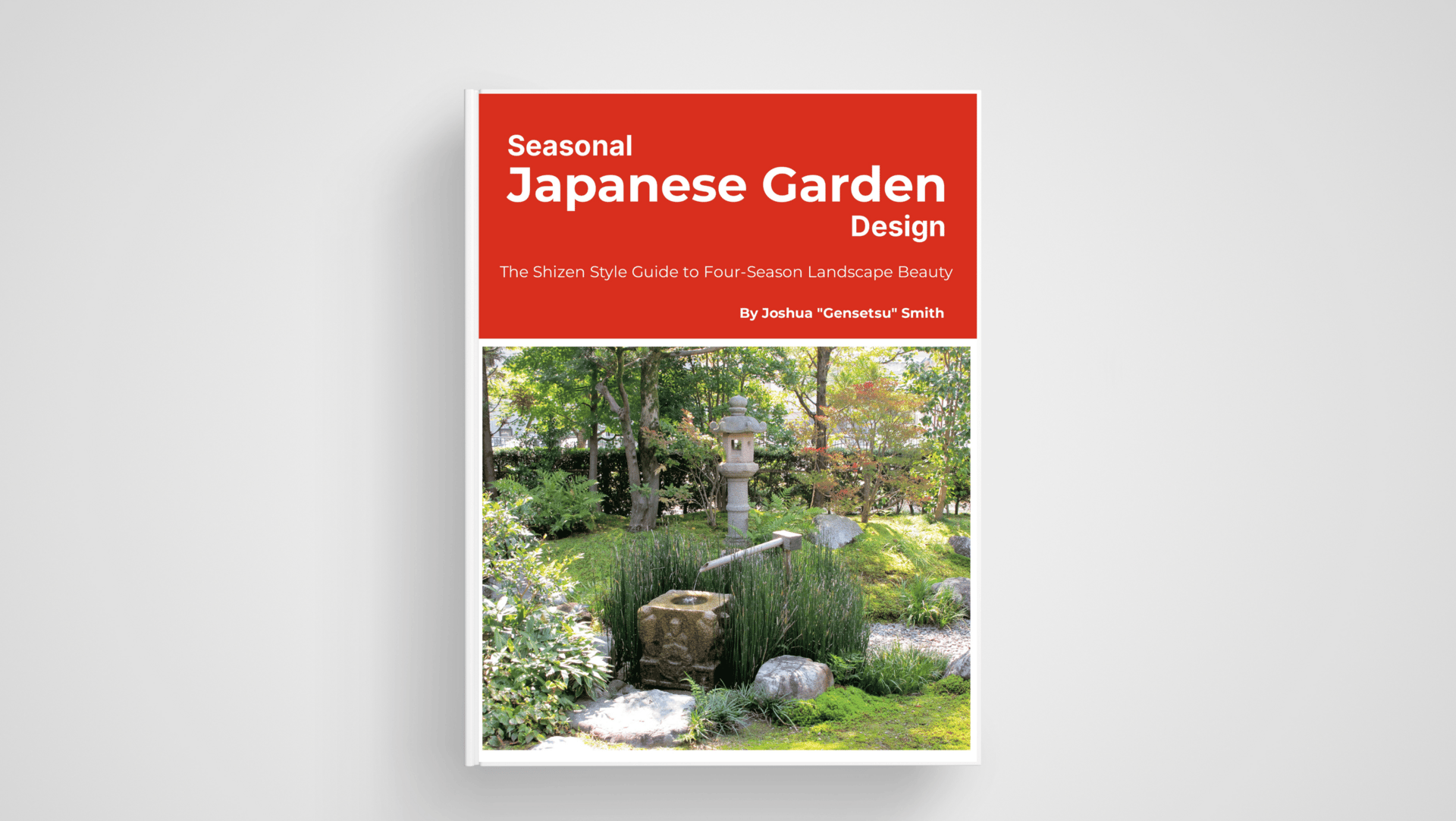Things that deepened my practice this week

Hi there, and welcome to the latest edition of Shizen Style Weekly, where we talk about developing a natural and Japan-inspired modern creative lifestyle.
I've been wondering about why certain spaces make me feel instantly calm while others leave me restless. This week, I found myself obsessing over a single photograph of a traditional Japanese tea room, and I think I finally figured out what was happening.
This completely changed how I see negative space
I stumbled across the work of photographer Hiroshi Sugimoto while researching minimalist composition techniques. His series on Japanese architecture captures something I've been trying to articulate for months—the way emptiness can feel more powerful than fullness.

Here's what hit me: In traditional Japanese design, they have this concept called ma (間)—the pregnant pause, the meaningful gap. It's not just empty space; it's active emptiness. Sugimoto's photographs show how Western architecture fills every corner, while Japanese spaces breathe.
I've been experimenting with this in my daily routine. Instead of rushing from task to task, I'm building in these little ma moments—30 seconds between meetings, a pause before opening my laptop, breathing space before responding to messages.
It's like the difference between a crammed Instagram feed and... well, actual life.
Things I found interesting this week
Ancient wisdom meets modern neuroscience: I can't stop thinking about this research on Default Mode Network activity and how it mirrors what Zen practitioners have known for centuries. Our brains literally need downtime to process and create connections. The Japanese figured this out with their concept of ikigai—that sweet spot where purpose meets ease.
This made me laugh: My friend sent me a TikTok of someone trying to "optimize" their morning coffee ritual with productivity hacks. Meanwhile, the traditional Japanese tea ceremony takes hours and is entirely about slowing down. Sometimes the most radical thing you can do is move slower, not faster.
I just discovered: The shakuhachi flute has only five holes, yet masters can play thousands of variations. This reminded me of something I learned in Japan—mastery isn't about having more tools; it's about finding infinite possibilities within constraints.
Weekly Practice
The Three-Breath Reset
Here's something simple I've been testing: whenever I feel that familiar rush of overwhelm, I take three intentional breaths and ask myself, "What would this moment look like if I approached it with shizen?"
Shizen (自然) means "naturalness" or "spontaneity"—acting in harmony with the natural flow rather than forcing outcomes.
Try this: Before your next challenging conversation, email response, or creative project, pause and breathe three times. Let your response arise naturally instead of manufacturing it.
Currently Reading
In Praise of Shadows by Jun'ichirō Tanizaki (rereading for the third time—each pass reveals new layers)
The Art of Noticing by Rob Walker (Austin Kleon recommended this, and he was right)
One question for you
What's one space in your life that feels naturally calm? I'm collecting examples of how people create their own ma moments.
Hit reply and tell me—I read every response.
In Case You Missed It
Check out my latest YouTube video on 3 Mistakes Killing Your Japanese Garden's Seasonal Beauty (And How to Fix Them) [Link to video]
Check out my recent YouTube video on 5 Japanese Minimalist Rules That Transformed My Life [Link to video]
Share the Buzz Now!
Share the Creativity with Your Friends!

This newsletter goes out every week. Forward it to someone who needs more breathing room in their life.
Here’s your personalized referral link that you can copy and paste easily on any social media channel or DM:
From My Studio
Big news: The paperback edition of my book Seasonal Japanese Garden Design just dropped! After months of requests, it's finally available in a format you can actually carry to the garden without worrying about your tablet battery dying.
This book came from years of studying how Japanese gardeners work with seasonal changes instead of fighting them. There's something profound about designing spaces that are meant to transform—cherry blossoms in spring, moss patterns in summer rain, the quiet beauty of winter branches.
If you've been thinking about bringing more seasonal awareness into your space (even if it's just a windowsill), this might be exactly what you need. Check it out here.
P.S. I keep a small notebook where I jot down moments when time feels different—slower, more spacious. Yesterday it was watching steam rise from my coffee cup. What ordinary moment made you pause this week?
This newsletter provides a springboard for a healthy and happy summer season. Remember, consistency is key!
By incorporating these tips and tricks into your routine, you can cultivate a vibrant and healthy lifestyle that flourishes throughout the year.
Until next time :)

